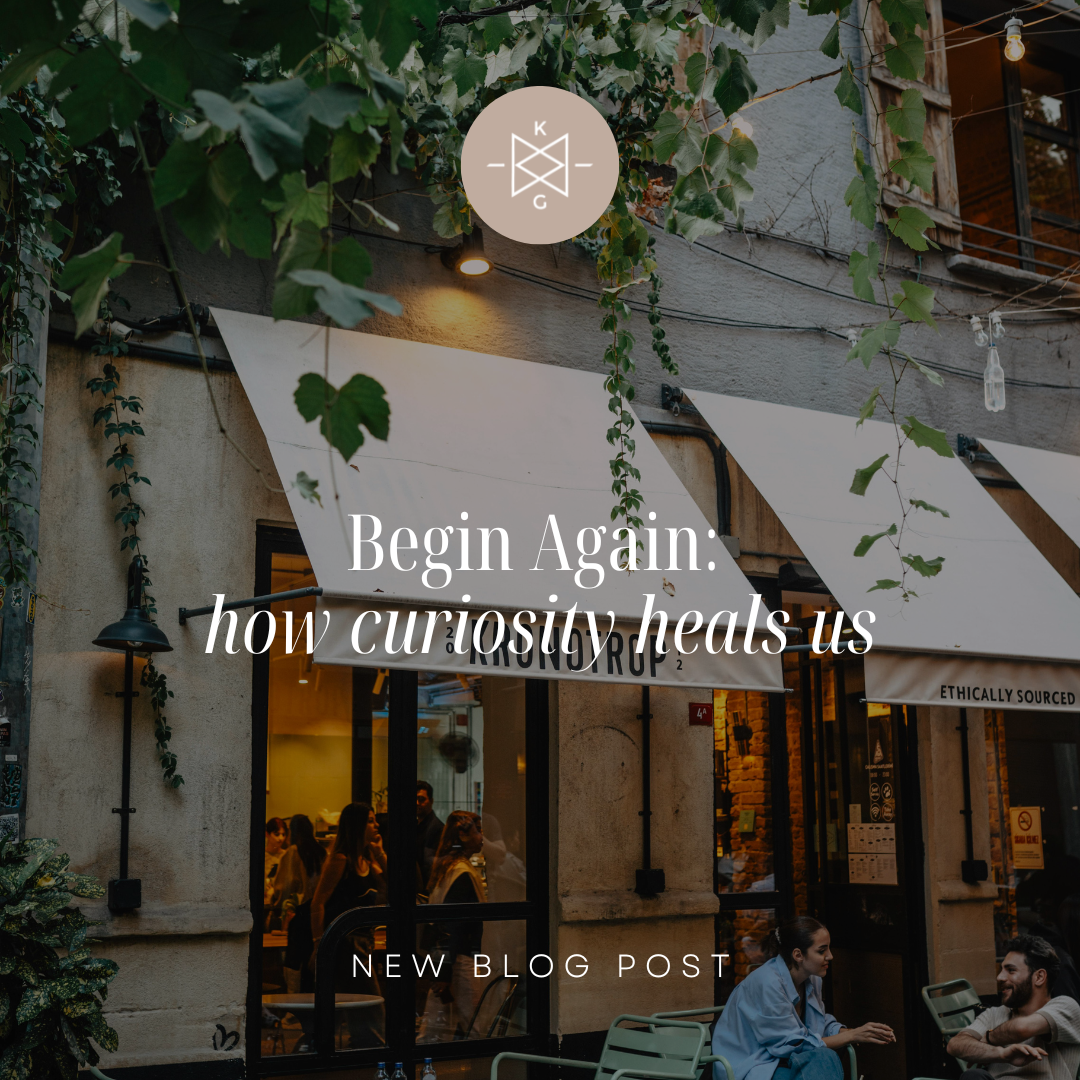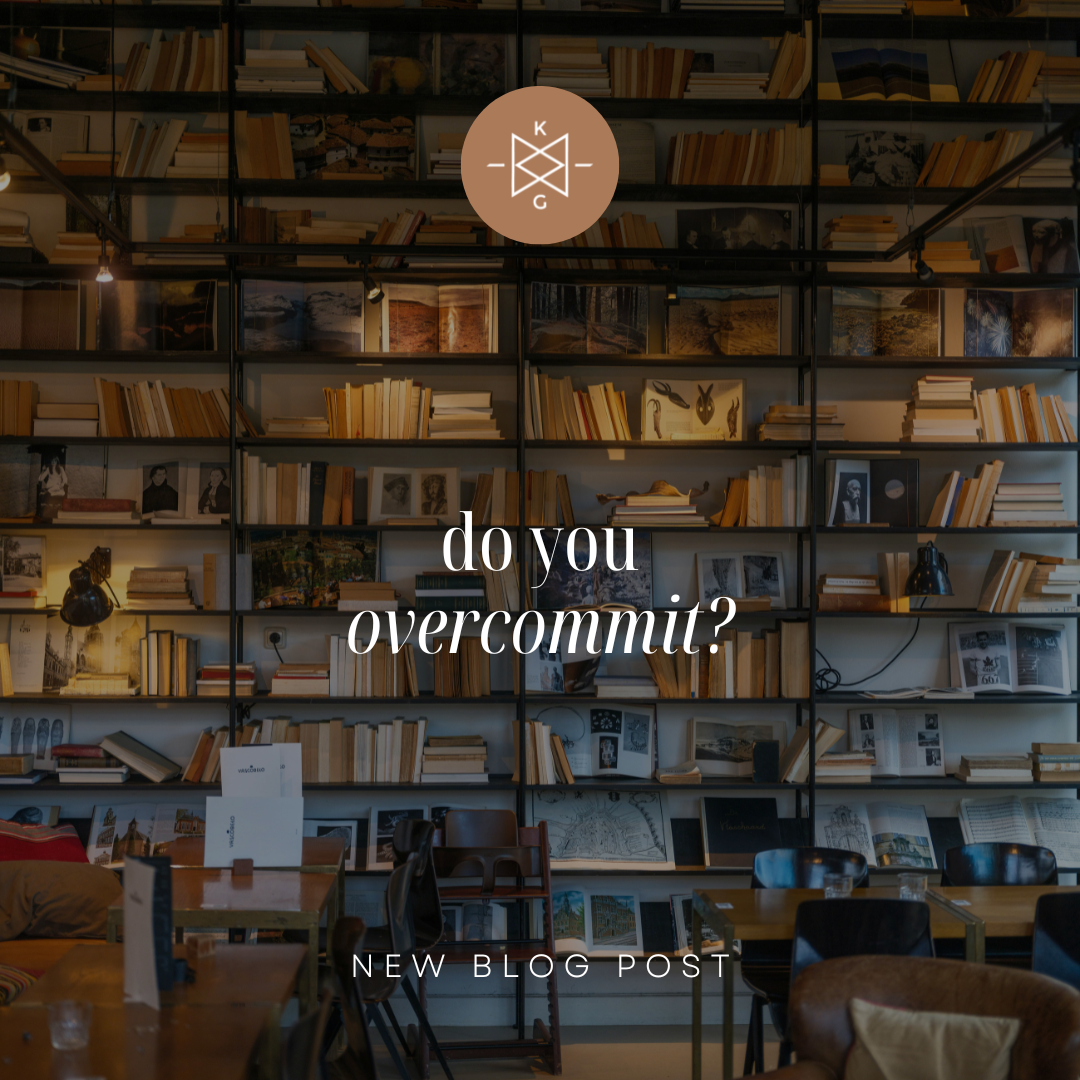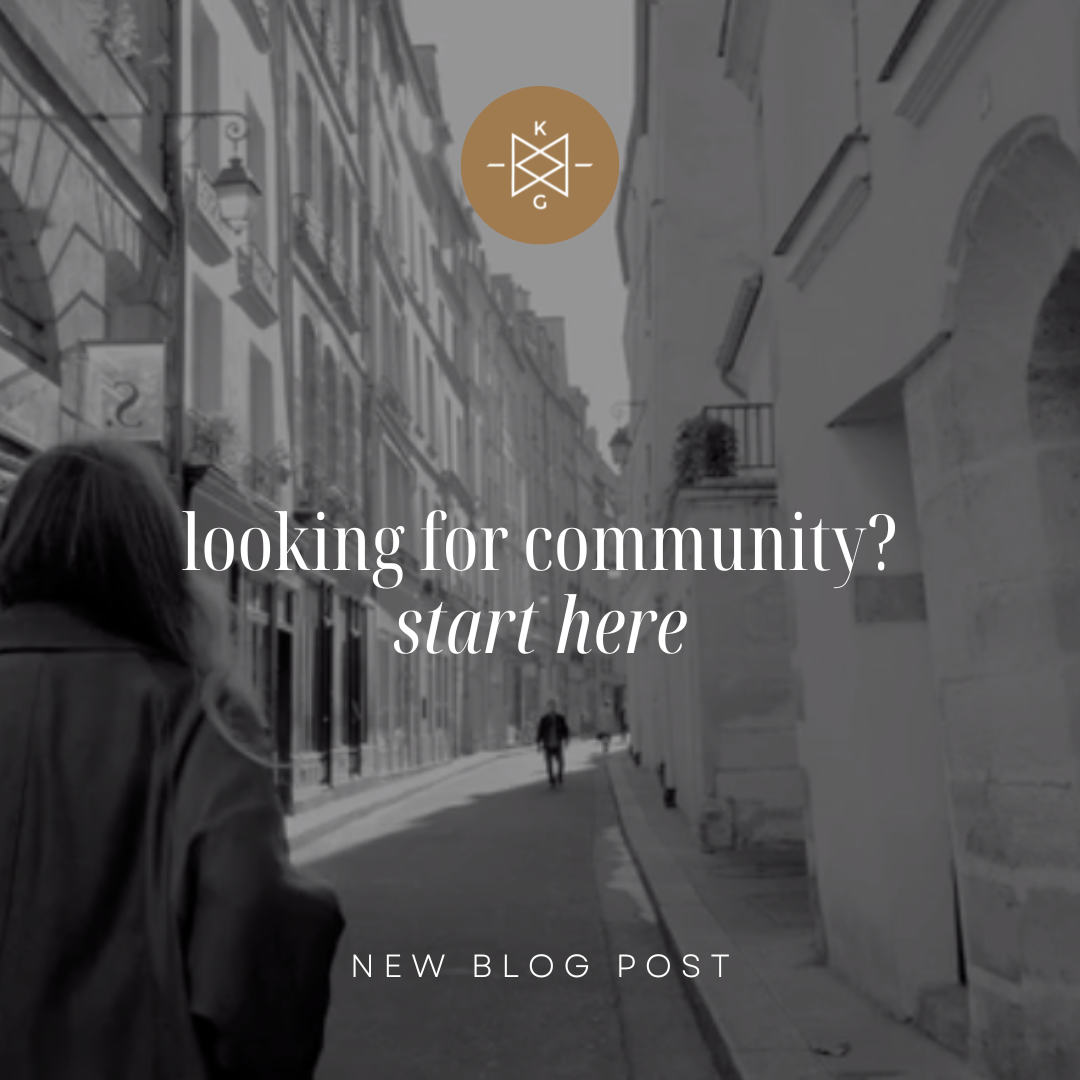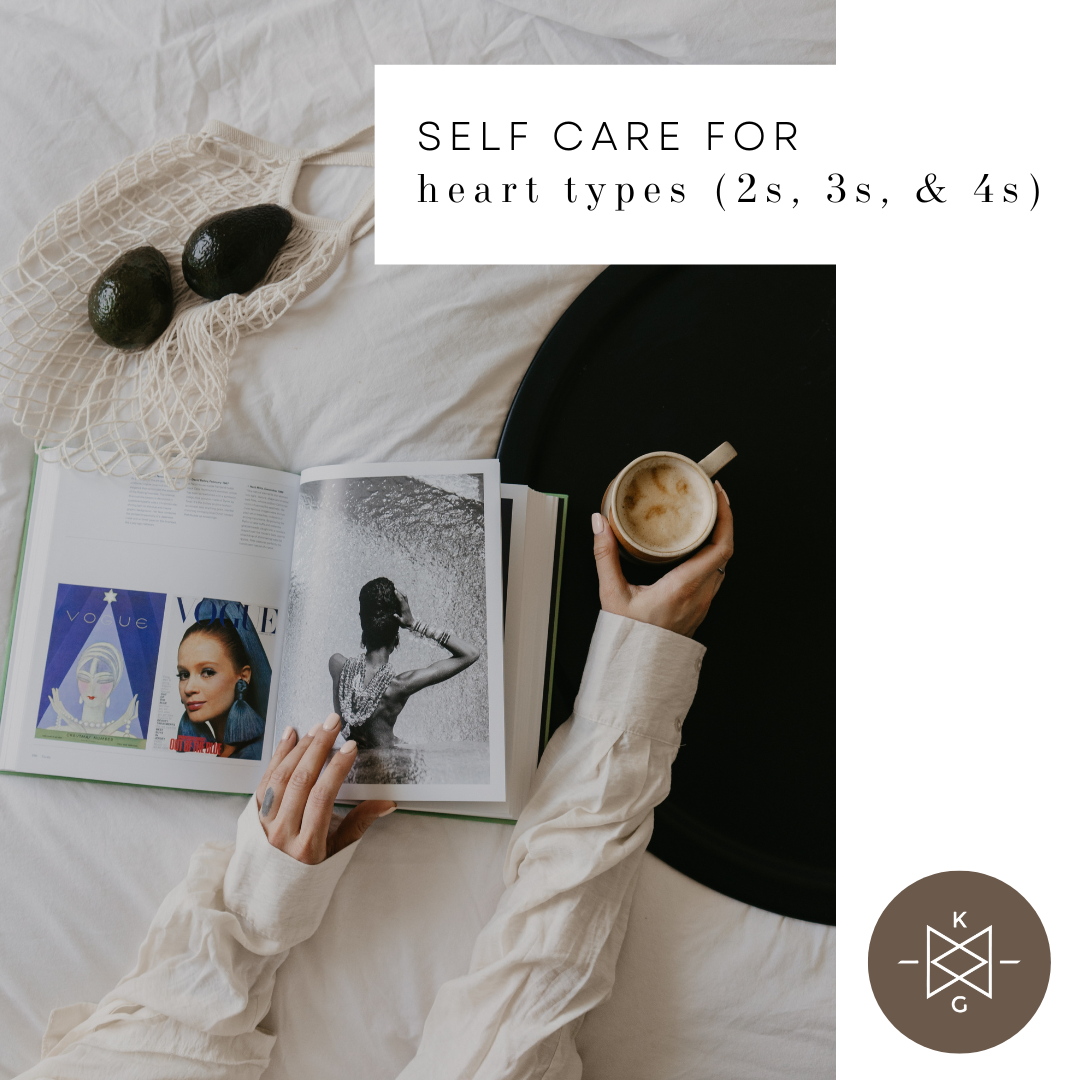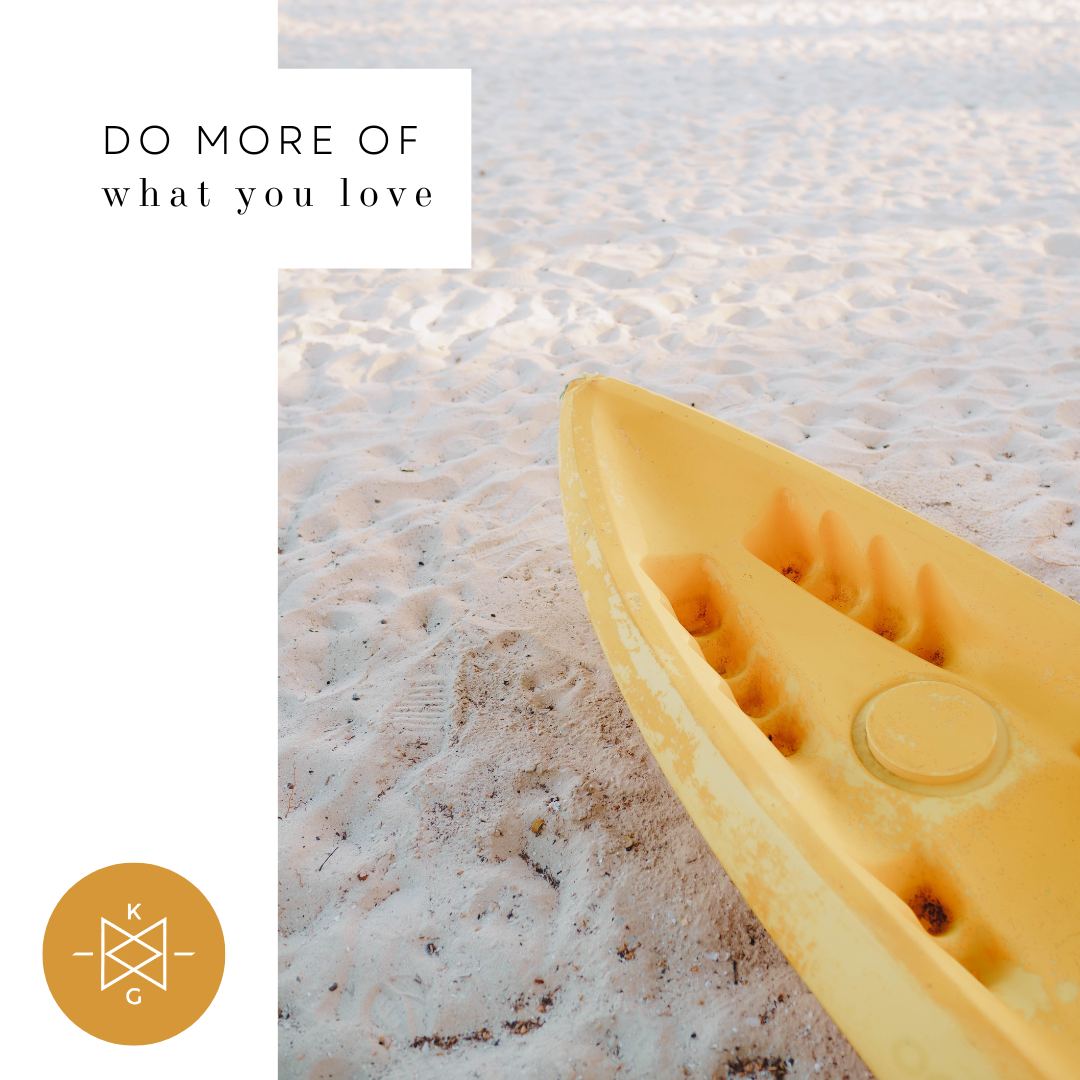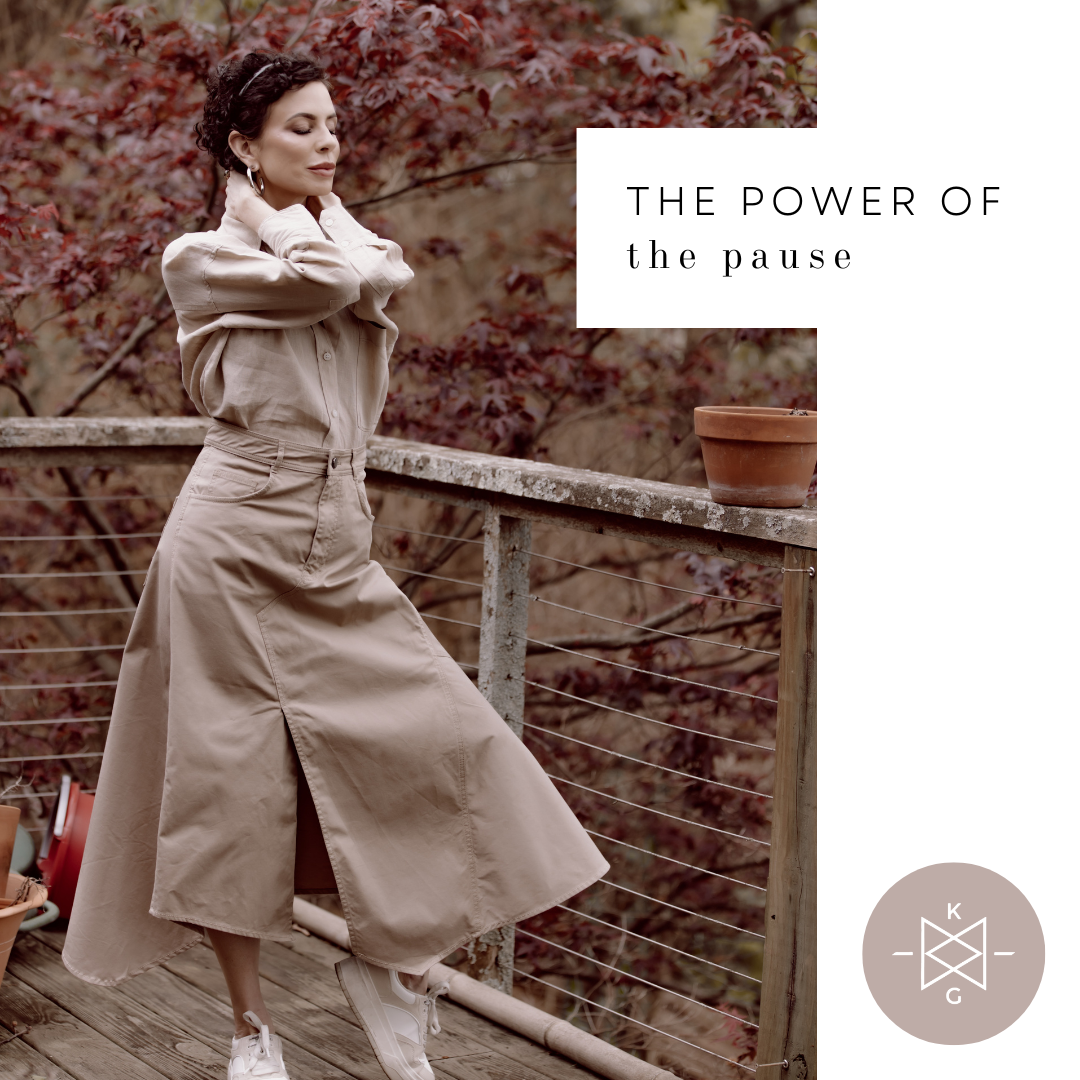
The Blog
Recently Featured
All Blogs
Why Change Doesn't Have to Hurt
“Yesterday I was clever, so I wanted to change the world. Today I am wise, so I am changing myself.”
-Rumi
About eight years ago, I took a dear friend’s advice and made an appointment with this magical English woman named Linda Penny when I was visiting LA. I still don’t know her official title, but Linda is most certainly a healer. She uses all types of modalities such as kinesiology, EFT (Emotional Freedom Technique), and Reiki. I’ve never seen so many oils, bells, and curious gadgets to sort someone out. Without a doubt, Linda is off the charts intuitive.
I’d been feeling incredibly stuck at the time and much of it was manifesting in my body. Can you relate? Every night I’d wake up at around three a.m. with sharp back and neck pain that kept me up until around six when I’d doze back off only to jolt awake in 30 minutes thanks to my alarm.
The body pain and lack of sleep created a depression cycle I simply couldn’t shake. I knew the issue was emotional and at the same time felt like I had all the tools to work with. So I called in the big guns, aka Linda Penny (whom I affectionately now call Money Penny), being one.
That 90-minute session left an indelible mark on my life. She said so many wise things to me, yet the one that really stuck was this: “You know, Katie, change doesn’t have to be painful and dramatic. It’s really quite simple.”
I don’t know if it was her charming British accent or the sweet relief I felt after all the heavy lifting to grow and heal the wounded places, but her words still stick to this day.
Oftentimes when we find ourselves in stuck seasons, we resort to what seems logical—we work harder. We armor up, think harder, clinch our fist, and full of determination—walk straight into a bigger pile of problems oftentimes affecting our physical health.
Money Penny is spot on. Change doesn’t have to be an exhausting uphill battle. Rather, it’s more about getting back to the basics. It’s making teeny, tiny changes, day in and day out. It’s about practice. It’s also about asking for help.
This is precisely why I created the Practice, my online enneagram-based therapeutic toolkit. We are about to head in to the second half of 2023 (gasp!). If you could use an affordable, practical, and gentle option to support you in your goals for this year, I hope you’ll join me in the Practice.
Change doesn’t have to be difficult. However, it does require a plan.
I’ve got a roadmap. ;)
Let’s go.
Love & Gratitude,
Katie
Self-Care for Heart Types (2s, 3s, and 4s)
“Crying does not indicate you are weak. Since birth, it has always been a sign you are alive.”
-Charlotte Brontë
Are you or someone you love a heart type on the Enneagram?
Let me tee this one up.
The Enneagram is made up of nine core personality types. These nine types are housed in three different triads that coincide with the dominant center of intelligence that drives their experience in life. Eights, Nines, and Ones are body types. Twos, Threes, and Fours are heart types. Fives, Sixes, and Sevens are head types.
Of course, we all have each center of intelligence, however, depending on our dominant Enneagram type, we lead with one. This month in the Practice, my Enneagram-based self-care membership program, we deep dive into what it means to practice self-care as a heart type, so I thought it would be fun to invite you into that conversation.
I believe self-care is a process of self-befriending—self-compassion. That said, part of the process is bringing gentle balance into our experience where imbalance exists. When we use the Enneagram for personal transformation, this is one of the first places we start—balancing the centers.
Heart types perceive or filter the world through the lens of emotional intelligence. They are highly attuned to the feelings and moods of others in order to get their own needs for connection and approval met. Due to this, they often conform to be whoever you need them to be. It’s a way of overdoing this particular center. As a dominant type 4, I can tell you this gets exhausting.
When I realized not everyone cared so much about how people experienced them, I was shocked if not relieved. As William Shakespeare wrote, “No prison is more secure than the one you don’t know you’re in.” Waking up to the prison cell of conformity was a doozy, yet eventually, freeing.
The invitation here is not to turn down the emotional intelligence heart types use so seamlessly. Self-care on a basic level for these sensitive souls looks more like dialing up the other two centers of intelligence, the head and body. Connecting to a more analytical, data-driven approach as well as a more grounded, steady energy. The goal here is to experience life and relationships with openness and fluidity. We need our whole being to do this.
One of the most powerful truths that has tethered my self-care as a heart type is this:
Just because you feel something doesn’t make it true.
Oftentimes, directing your focus of attention away from feelings and simply moving your body, breathing deeply, and writing down the facts of the situation at hand can feel really life-giving.
Don’t worry, you can always come back to those cozy feels. For today, explore what it means for you to embody the whole of you, body, mind, and heart.
If you’re curious to dive deeper into more therapeutic self-care for your Enneagram type—mind, heart and body—check out the Practice.
Love & Gratitude,
Katie
P.S. Speaking of Heart Types, I’m thrilled to go live with Enneagram 2, Anna Watson Carl, to talk about all things career for these lovely, relational people. Tune in this Wednesday, May 24th at 12 pm CST on Instagram Live.
Do More of What You Love
“You can only become truly accomplished at something you love. Don't make money your goal. Instead pursue the things you love doing and then do them so well that people can't take their eyes off of you.”
-Maya Angelou
How do you define success? Most people do with two usual suspects on the scene: wealth and status.
If that’s your definition, guess what? Great! That is…if it’s how you’ve chosen to write your success story…
I’m struck by how few people call into question their personal version of success. We do it all the time with our health, our relationships, and our political preferences. For example, if something in your diet is causing a strange reaction or doesn’t taste good, chances are you steer clear of that something in the future. Or if a relationship feels toxic or disrespectful, you’d likely address the issue at hand, or, even part ways after a while if it gets bad enough.
Hopefully, at some point along the way we call into question what no longer aligns with our values and ceases to work for us. This is what showing up and advocating for ourselves looks like.
After all, as humans, we have the distinct freedom and responsibility to write and revise our stories over time. It’s what sets us apart from animals.
So why do we hold so tightly to this narrow definition of success? Besides, some of the most successful people I’ve ever known don’t necessarily measure theirs by a bank balance or a Kardashian-sized social media following. Instead, they make waves in far more lasting, impactful ways.
I believe the litmus test for success is based on character rather than clout. I also believe we get to define our own version of success based on the person we’re becoming.
When was the last time you took inventory of your definition? If it’s been awhile, perhaps it’s time to revisit. After all, with age comes wisdom (we hope) and often shifting values.
If in your 20’s and 30’s success looked like that big job on Wall Street or a record deal with a major label, it might have shifted to meaningful relationships or creative expression in your 40’s and 50’s. Who knows?
Well, you do…
Here are a few pillars to build your new success story around. Push them around. Color them in a bit.
Health: Our health is the foundation of all other functions in life. Life is a much better place when we feel good. I’m not only talking about physical health, but emotional as well as spiritual.
Contentment: The ability to cultivate contentment despite our circumstances is true badassery in my book. The secret sauce in this recipe—gratitude and presence.
Self-Awareness: This is one of the biggest indicators of success and tools like the Enneagram create a positive ripple effect.
Generosity: Giving back through time and resources is intrinsically a selfish act if you think about it. The practice of generosity gives an instant hit of purpose and joy if done from a place of honesty.
Do more of what you love! This might sound frivolous, but it’s what helps to create positive momentum and energy in your life. It’s what helps us stay inspired. It’s what fans the flame to stay committed. The more we commit to doing what we love, the more we attract joy and like-minded others to share the journey with.
As we create space in our lives to do more of what we love, we are better able to release the need for something outside of ourselves to make us feel successful.
The Power of the Pause
“Between the stimulus and the response there is a space. In that space lies our freedom and purpose.”
-Viktor Frankl
I swear I quote the late Dr. Frankl every day. Must mean I really need it! So, what’s the big deal? It sounds like a philosophic science experiment.
I’ll paint a beginners’ back drop.
Frankl was an Austrian neurologist, psychiatrist, and Holocaust survivor. Fluffy stuff, right? (Jk!)
His famous book, Man’s Search for Meaning, is stunning and tells the story of how he survived the Holocaust by finding personal meaning in the experience, which gave him the will to live through it. He went on to later establish a new school of existential therapy called logotherapy, based on the premise that man’s underlying motivator in life is a “will to meaning,” even in the most difficult of circumstances.
Okay, so how does this pertain to this powerful “pause” we’re talking about today.
I believe most of our problems in life stem from living out of reactivity rather than responsiveness. There’s a big difference. Reactivity might look like popping off at your co-worker (or significant other), flipping someone off in traffic, yelling at your toddler when they have a melt down in Trader Joe’s (who…me?), or even playing the victim when confronted with disappointing news.
Reactivity is this quick, reflexive, emotional way of meeting those tricky curve balls life has and will continue to serve us.
Responsiveness, on the other hand, is a more intentional, thoughtful way of meeting those same curve balls.
The inconvenient stimuli will always be a part of life. It’s how we create space and meaning in the in-between that invites us to more freedom and purpose.
I believe through my own experience that the opposite of depression isn’t happiness—it’s purpose. It’s meaning making.
I believe we do this a bit easier through the Power of the Pause.
This is an effective tool I teach, especially when helping groups and individuals apply the Enneagram. And it’s ridiculously easy—maybe so much so we overlook it.
It doesn’t require a 20-minute meditation, although I heartily believe in those too if you’re the meditating type.
It requires a simple self check-in whenever we get triggered. Before you spin out and go postal, take a space of 30 seconds to a minute to simply pause, breath deeply, and ask yourself, “what am I believing about me right now?” those beliefs often go like this:
“I’m a terrible mom.”
“I fear this will never end.”
“No one understands me.”
“You make me feel worthless and helpless.”
“I’m too much.”
You get the idea. When you stop to investigate what’s coming up in any experience, and bring some inquiry and fact-checking into the mix, it’s easier to take the emotion out of it and RESPOND rather than react.
So, push this around this week in your own experience. Practice taking a pause or several throughout the day to explore what’s really going on inside and just BREATHE. Even this little practice can create the space to step into your wise, loving, adult self and leave that adaptive, reactive self in the rearview mirror.
The best part of this? It really works! Try it on for size and let me know what you think.
If It Makes You Happy
“The subconscious does not originate ideas but accepts as true those which the conscious mind feels to be true and in a way known only to itself objectifies the accepted ideas. Therefore, through his power to imagine and feel, and his freedom to choose the idea he will entertain, man has control over creation.”
-Neil Goddard
You’ve probably heard it before, the pithy phrase, “Happiness is an inside job.” But have you ever stopped to ask yourself why? After all, isn’t happiness based on circumstance while joy is the real coveted virtue? In that case, happiness would seem outside of ourselves all together.
While I’m not sure about that, I do know I like being happy more than not.
In the last several years, I’ve been fascinated by the human brain and have spent tons of time trying to understand it more. After all, your brain is literally a genius and has the power to heal itself completely over time. This is why there’s such hopeful prognoses for those who’ve experienced horrific traumas.
You can’t study the brain without delving into concepts such as the conscious and unconscious mind. While that’s another post for another day, know this:
Just as the quote mentions above, we possess unfathomable creative control as humans when we learn to harness and practice intentionally directing our thoughts and feelings in the way of our desires. Sound too airy fairy for your taste? Fair enough, but check out Dr. Habib Sadeghi’s book, Within, to understand the science behind it. It’s undoubtedly a game-changer.
Today, I want to give you five helpful reminders as you go about cultivating more happiness and meaning in your everyday experience:
Happiness is a practice, not a destination. We must learn to practice happiness in the small, insignificant moments throughout the day rather than “saving up” for an unrealistic circumstantial pay-off.
We can’t experience happiness without pain. Life is a series of contractions and expansions. Picture a caterpillar inching right along. There are equal contractions and expansions that keep him moving forward.
We create our own emotional experiences by the beliefs we choose to adopt. Beliefs are simply thoughts we practice thinking over and over again. Your past thoughts and beliefs have created the reality you’re in today.
Happiness is not contingent on your story. You and I have agency to write the stories we want to live into. By taking total responsibility for our experiences and resulting emotions, we are able to move through them and create greater hope and meaning.
It’s okay to not be okay. We put so much pressure on ourselves to be happy. Yet if life is equal parts expansion and contraction, we must learn to be okay with sadness, heartache, loneliness, and anger. When we learn to contain and process our emotions in a healthy way and extend self-compassion to ourselves on the other side, we will likely experience less resistance and more equilibrium in life. If you have a bad day, let yourself be in it, process it, and move through it instead of faking it.
